Bottom bark of taxus rotting and peeling off-root rot?
Heruga (7a Northern NJ)
10 months ago
last modified: 10 months ago
Related Stories

EXTERIORSCurb Appeal Feeling a Little Off? Some Questions to Consider
Color, scale, proportion, trim ... 14 things to think about if your exterior is bugging you
Full Story
FEEL-GOOD HOME21 Ways to Waste Less at Home
Whether it's herbs rotting in the fridge or clothes that never get worn, most of us waste too much. Here are ways to make a change
Full Story
EDIBLE GARDENSHow to Grow 10 Favorite Fruit Trees at Home
Plant a mini orchard in fall, winter or early spring to enjoy fresh-off-the-tree fruit the following year
Full Story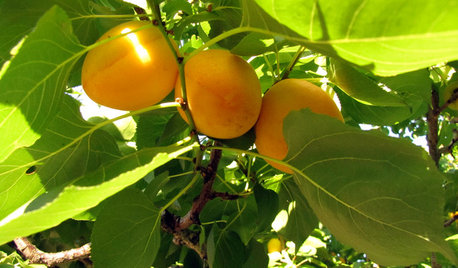
EDIBLE GARDENSHow to Grow Your Own Apricots
Velvety fruit, pretty blossoms and interesting bark make apricot trees a delight — and they’re great for smaller gardens
Full Story
GARDENING GUIDESGarden Myths to Debunk as You Dig This Fall and Rest Over Winter
Termites hate wood mulch, don’t amend soil for trees, avoid gravel in planters — and more nuggets of garden wisdom
Full Story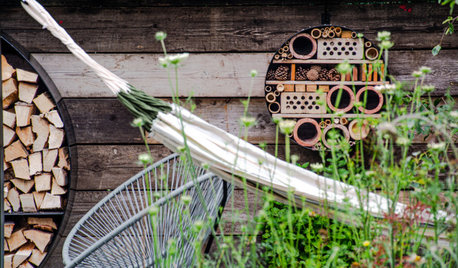
WINTER GARDENING7 Ways to Stop Tidying Up for a Healthier Garden
Hold those pruners and that rake! Judicious messiness can benefit your yard
Full Story
EDIBLE GARDENSSummer Crops: How to Grow Tomatoes
Plant tomato seedlings in spring for one of the best tastes of summer, fresh from your backyard
Full Story
REMODELING GUIDESBathroom Workbook: How Much Does a Bathroom Remodel Cost?
Learn what features to expect for $3,000 to $100,000-plus, to help you plan your bathroom remodel
Full Story
FALL GARDENING5 Ways to Put Fall Leaves to Work in Your Garden
Improve your soil and yard the organic way with a valuable garden booster that grows on trees
Full Story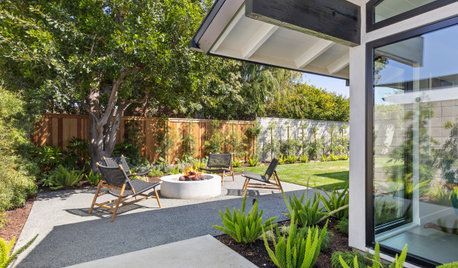
LANDSCAPE DESIGNWhere to Save Money on a Landscape Renovation
These 10 cost-saving ideas from professionals can help you stretch your budget without sacrificing style or quality
Full StoryMore Discussions






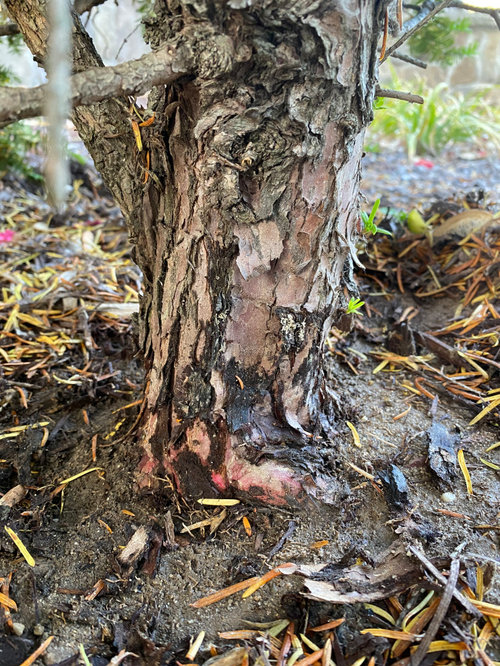
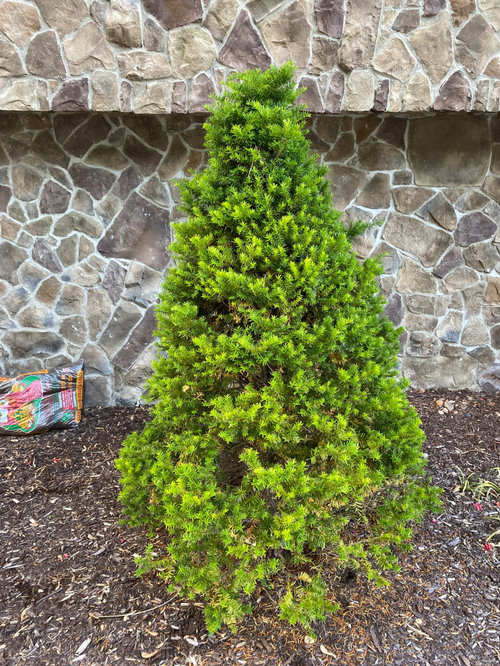



floral_uk z.8/9 SW UK
laceyvail 6A, WV
Related Professionals
South Elgin Landscape Architects & Landscape Designers · Centereach Landscape Contractors · Four Corners Landscape Contractors · Wrentham Landscape Architects & Landscape Designers · Cottonwood Landscape Architects & Landscape Designers · Saint Matthews Landscape Architects & Landscape Designers · Galt Landscape Contractors · Newberg Landscape Contractors · Rancho Santa Margarita Landscape Contractors · Santa Maria Landscape Contractors · Marlton Siding & Exteriors · Bloomington Decks, Patios & Outdoor Enclosures · Green Bay Decks, Patios & Outdoor Enclosures · La Palma Decks, Patios & Outdoor Enclosures · New Lenox Decks, Patios & Outdoor EnclosuresHeruga (7a Northern NJ)Original Author
ken_adrian Adrian MI cold Z5
sam_md
Heruga (7a Northern NJ)Original Author
BillMN-z-2-3-4
Heruga (7a Northern NJ)Original Author
BillMN-z-2-3-4
Heruga (7a Northern NJ)Original Author
BillMN-z-2-3-4